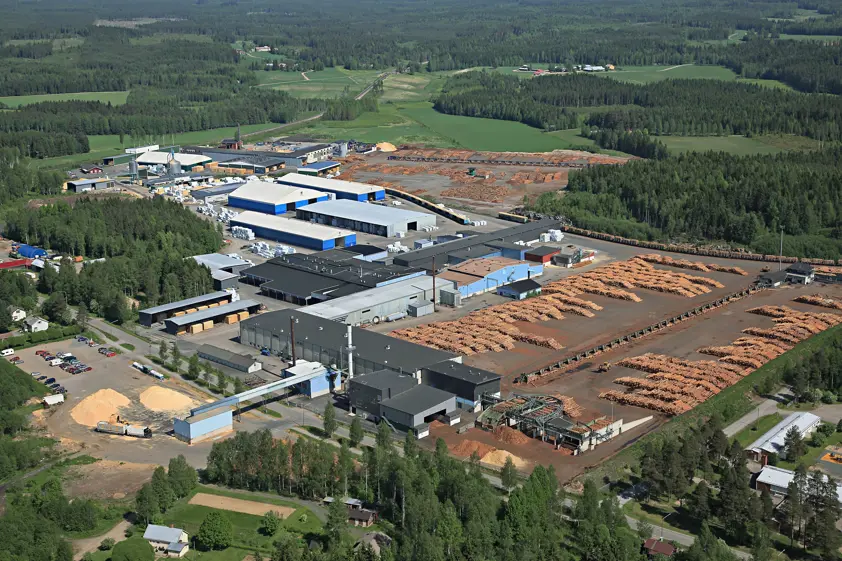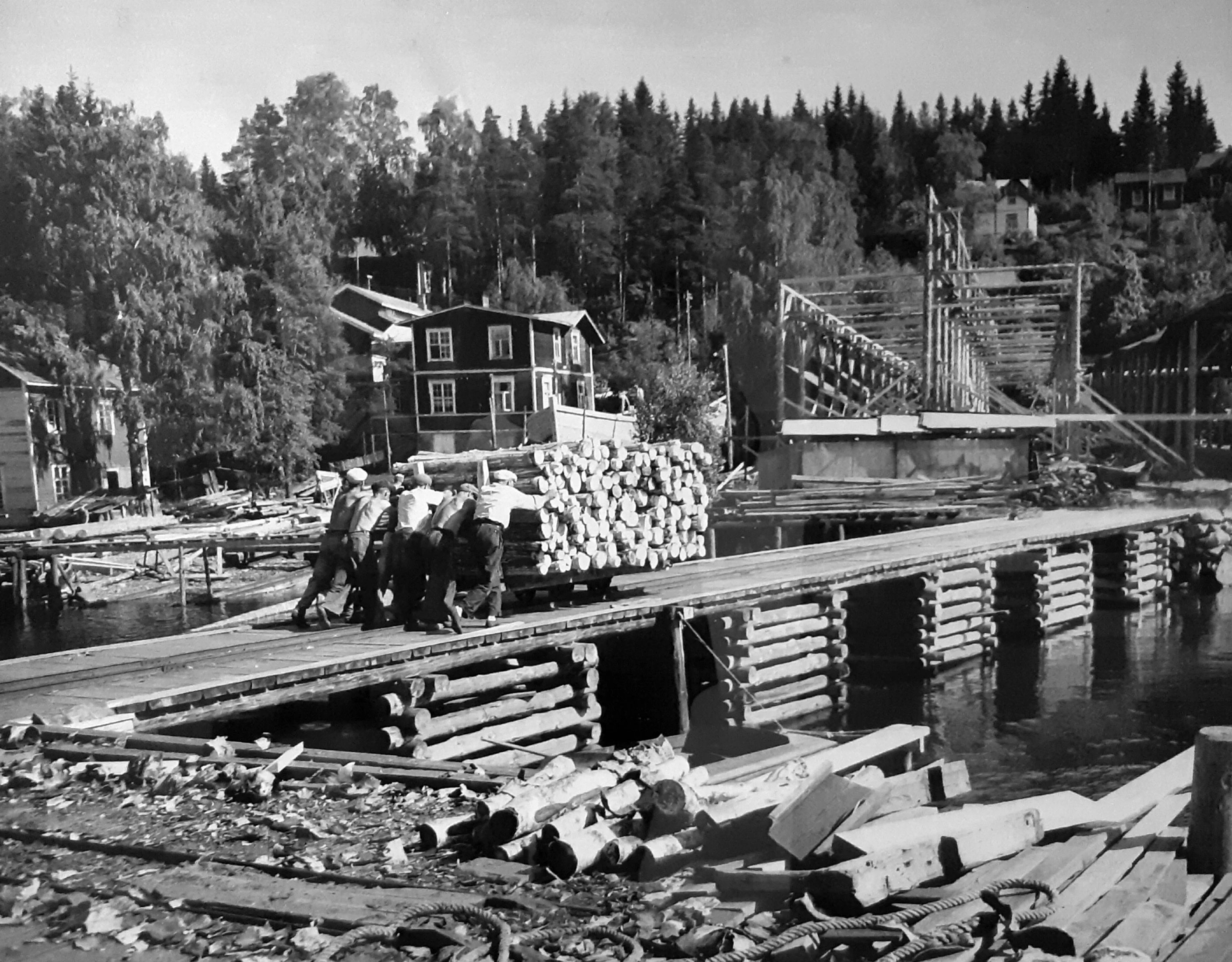Finland and sawmills have a unique shared history. The two have experienced three different centuries, two world wars and independence together, resulting in a bond like no other.
Finland is Europe’s most heavily-forested country – a huge 74.2 per cent of its land is covered by dense woodland. As a result, the country’s economy has been intertwined with trees for centuries. The timber industry first grew in the 17th century and still makes up around 20 per cent of all Finnish exports.
UPM’s four sawmills have been at the centre of this changing industry over the years, adapting to the latest technologies to meet customers’ ever-evolving needs. The oldest, Seikku sawmill on the west coast of Finland, dates back to 1872.
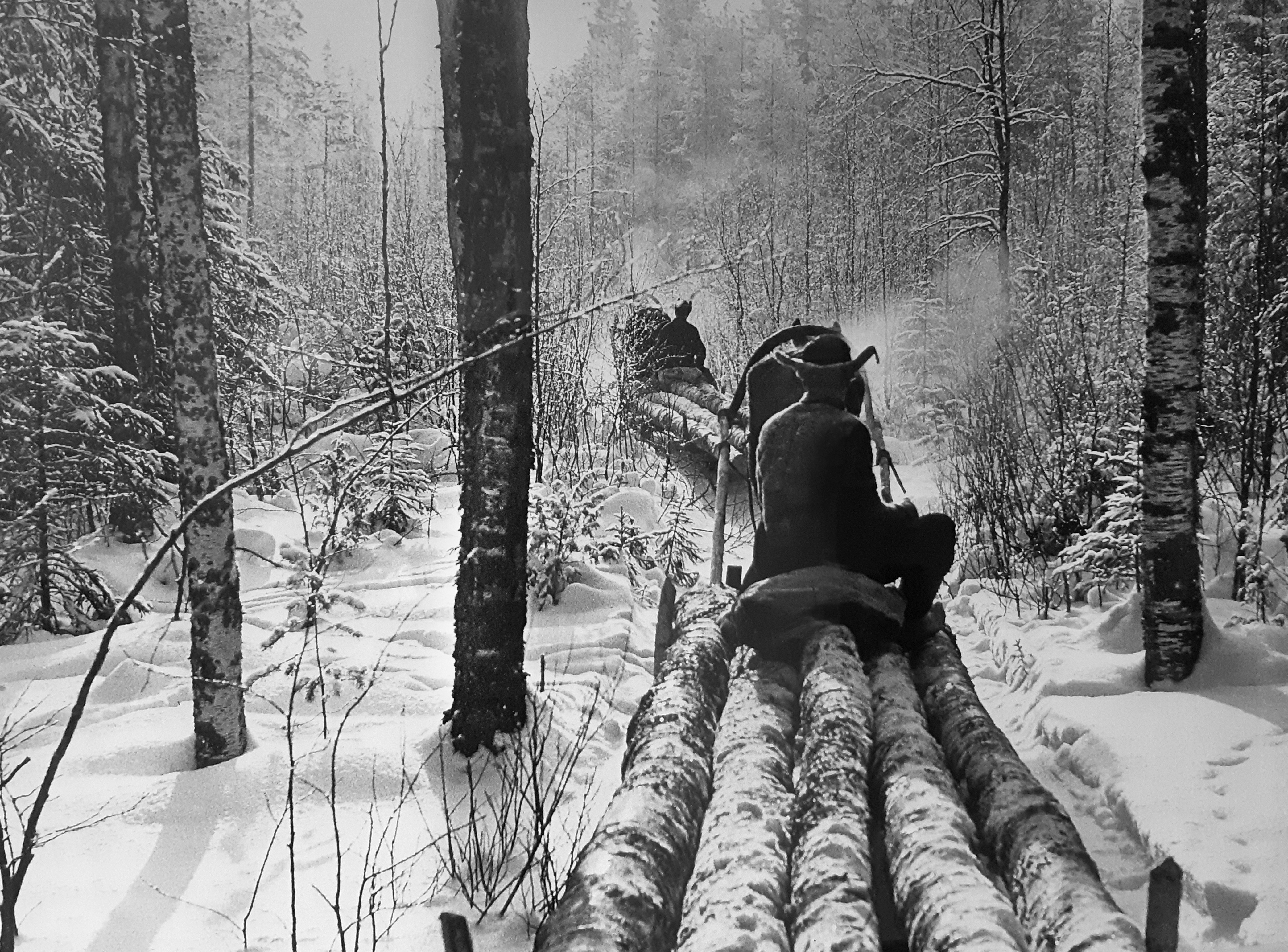
Basic roots
Although the mills have been renovated over the years to keep up with the times, they have their roots in an age when the industry operated very differently. “In the old days the entire chain – from the forest to the customer – was completely different,” says Lauri Kunnas, Operations Director at UPM Timber. “It was all manual work, which generated a lot of jobs.”
Trees would be felled by hand then transported to the mills using horses, or floated on the water. Logs were either tied together into rafts and pulled along by boats, or left to float freely before being gathered at the mill. Unsurprisingly, mills grew up around Finland’s long rivers, such as the Oulujoki, the Iijoki and the Kemijoki, thanks to the ease of transportation they offered and because the water could be harnessed to power machinery. Inside, the wood was handled manually before being transported to customers, again using horse and cart or Finland’s extensive waterways.
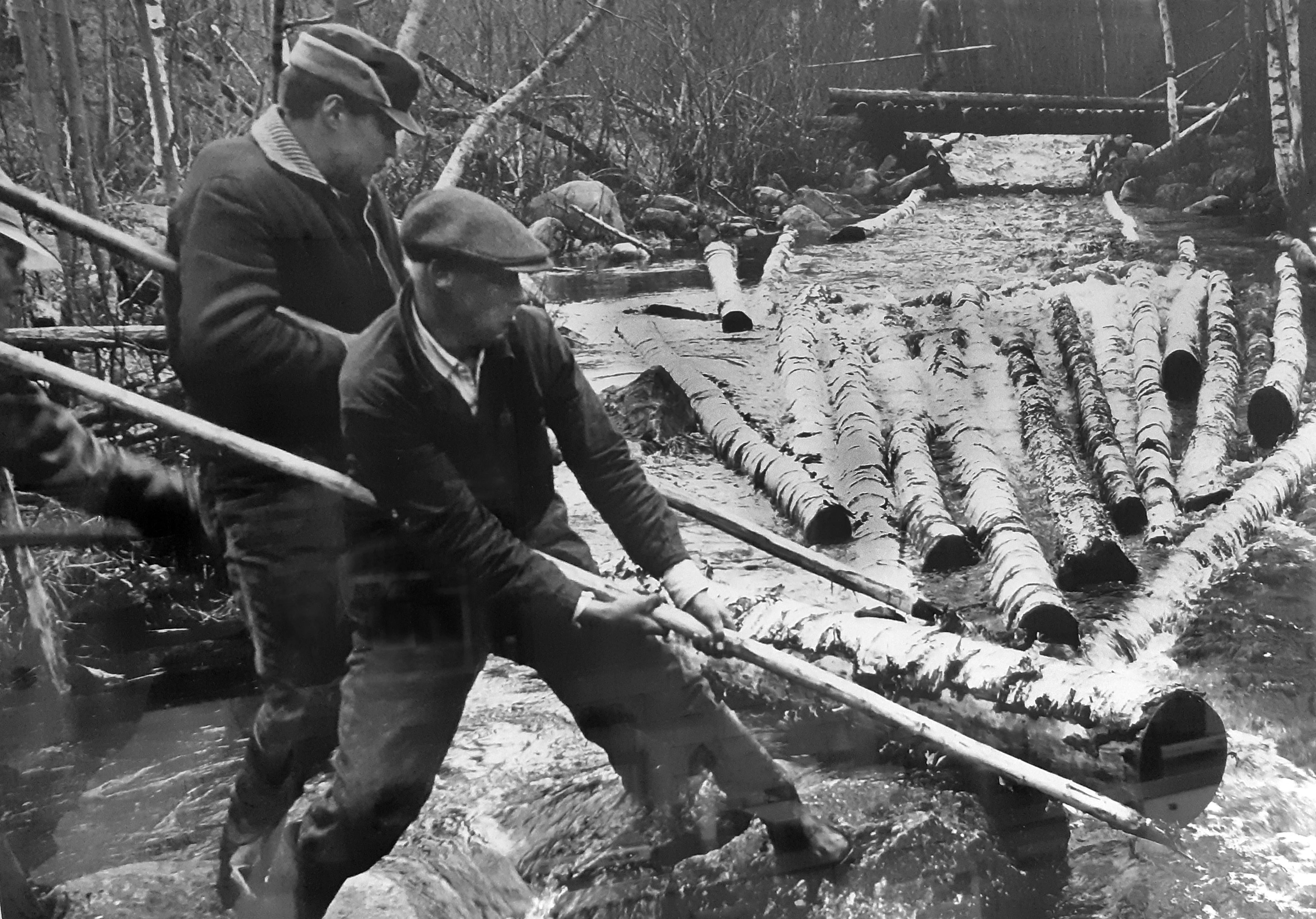
The biggest technological development has been automation, which has decreased the number of workers needed – sawmills today have around a tenth of the employees they did in the 18th and 19th centuries. “Everything can be done automatically these days,” says Kunnas. “We have automatic conveyors, a camera-controlled system, and IT-based systems to sort the wood by quality.”
Faster and Safer
The past few years have seen the introduction of much hi-tech equipment to mills. "The millions of logs that enter the sawmill each year are all measured using 3D-meters and X-Rays," says Petri Järvinen, an engineering manager at Jartek Invest Oy. "Based on the data from these, the logs can be sorted more precisely, making them suitable for more applications than ever before."
In addition, each individual board and plank is photographed from all sides, including the ends. "This type of camera-based quality control for analysing lumber features and defects allows for improved lumber value, product optimisation and more consistent quality," says Järvinen.
As well as greater efficiency, automation has made the sawmill a far safer environment for workers, who used to be more at risk in the olden days of chopping, sawing and lifting. “All industries back then had a completely different attitude towards safety than we do today,” says Kunnas. “There were a lot of accidents.”
A multi-skilled workforce
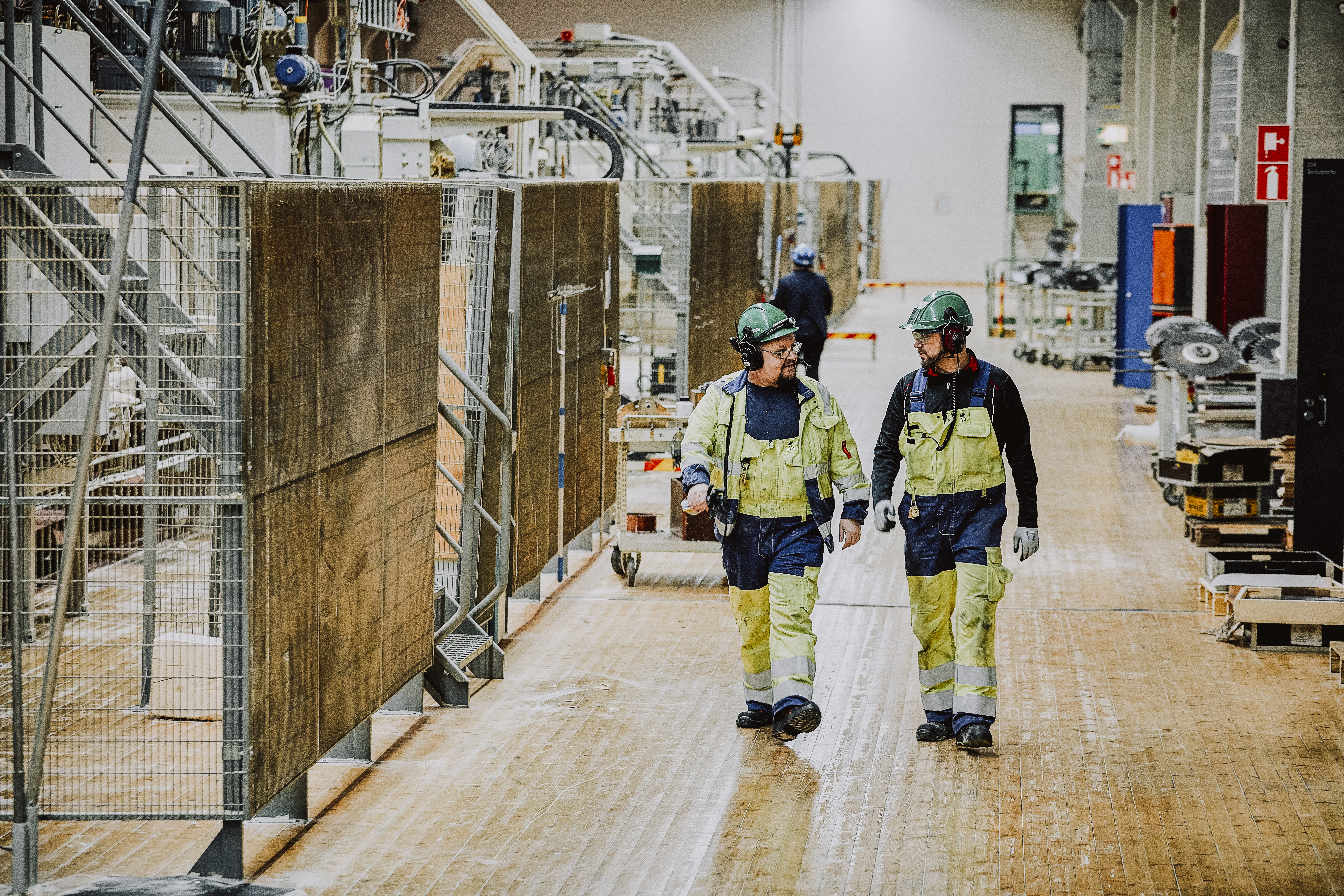
However, even though there are fewer workers at the sawmills, a high level of knowledge and skill is still demanded of them. “Basic knowledge and understanding of the wood are still needed,” says Kunnas. “We also need people who can understand and operate modern computer systems.”
This means today’s sawmill workers are incredibly multi-skilled, and many younger employees are familiar with the most cutting-edge technologies. “Nowadays, working in the sawmills isn’t so heavy or physically demanding, but more about overseeing and controlling processes,” says Petri, adding that you’re more likely to see today’s workers in front of multiple computer screens than ever picking up a saw.
The Finnish forest industry has always had a high degree of environmental awareness, and that has increased over the years as society becomes more aware of sustainability issues. “The approach has always been that we take care of the forest and make sure we do not overuse it,” says Kunnas. “Even in the days of the first industrial sawmills, they were worried about sustainably managing the forest. It’s a nice attitude and we should be proud it has always been there.”
In addition, the sawmills have developed to deliver zero-waste products. “We use the bark for energy, and boil the sawdust and chips for pulp,” says Kunnas. “By-product management has always been an important part of the process. Across UPM as a whole, over 90 per cent of our waste is recycled or recovered. This commitment to sustainability means that UPM’s sawmills, while rooted in history, are always looking towards the future.”
Text: Jessica Bateman
Photos: UPM Timber archives
